Sony a6000
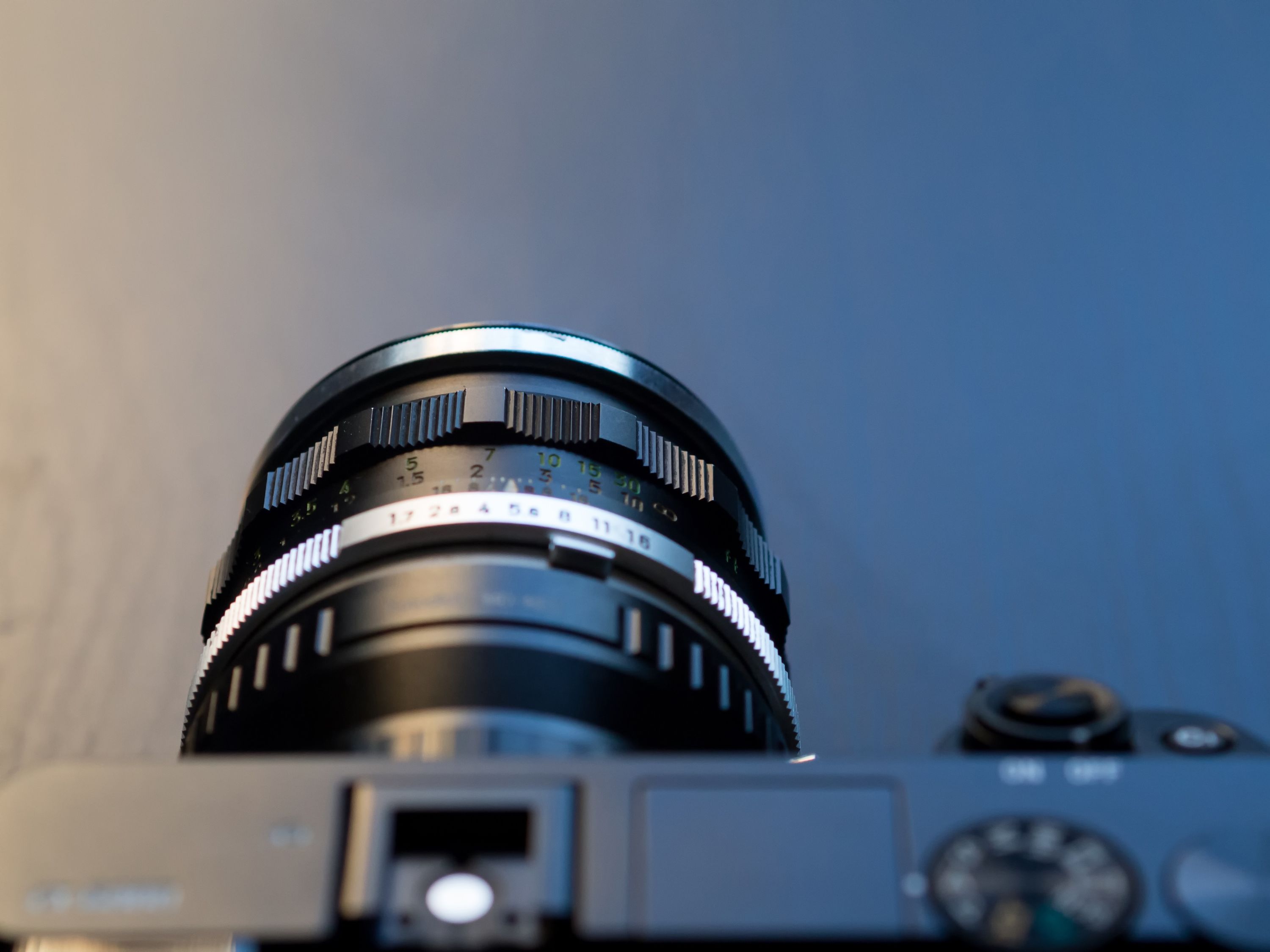
The saying goes: don’t judge a book by its cover.
I propose a parallel rule for photography: don’t judge a camera by its kit lens. I did, and ended up prematurely dismissing one of the most remarkable cameras to hit the market in the last few years.
Sony’s camera division has been on their A-game recently, providing sensors for many popular brands while developing their own growing camera ecosystem.
Among them is the top-tier replacement for the NEX line of cameras. The α6000 takes the best elements of the discontinued NEX-6 and NEX-7, introduces some potent improvements, and storms into the market at a startlingly affordable price.
It’s powerful, it’s popular, and I’ve spent the past two months reviewing one.
Ergonomics
I can’t lay the blame for poor first impressions solely on the kit lens. After all, it offers a very versatile 16-50mm focal range, is physically compact, and is optically competent, if bland.
The truth is that the α6000 and I don’t get along ergonomically.
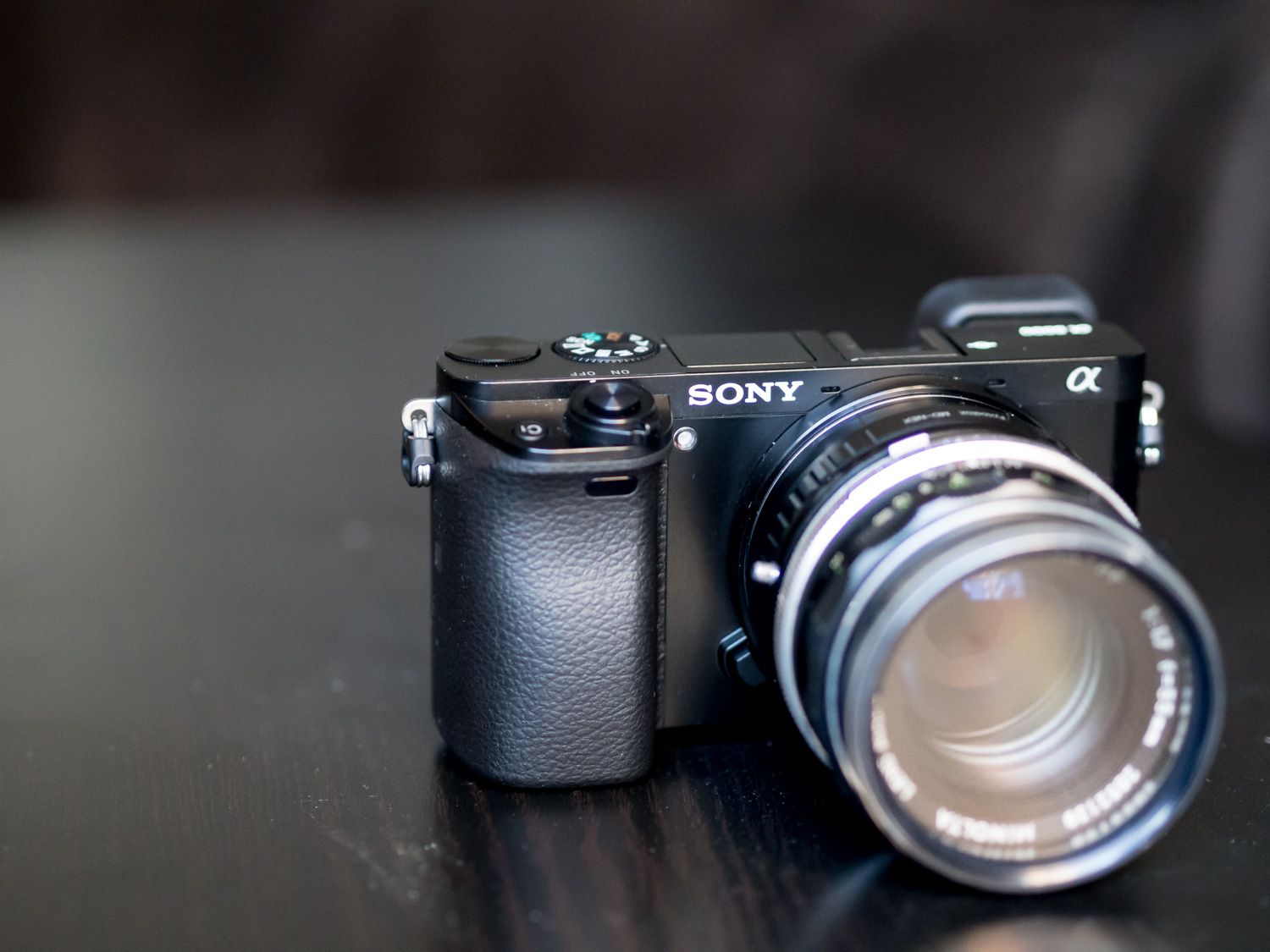
The body is small, sitting somewhere between the Olympus OM-D E-M10 and the Fuji X100 series in terms of overall bulk, but it manages to fit less comfortably into my hand than either of those two.
That being said, it isn’t poorly designed. The grip, for example, is appreciably deep for a compact camera, making it feel heftier than its predecessor the NEX-6 despite being a touch lighter. Even with the controls relegated to the right side of the body, there’s enough room to hold it securely without accidentally pressing any buttons.

Nevertheless, I haven’t been able to enjoy the layout. My thumb naturally falls on the mode switch dial instead of the assignable control dial to its right, and the control wheel on the back isn’t as accessible as I’d like for making adjustments while shooting—I can’t rotate it comfortably with my eye to the EVF.
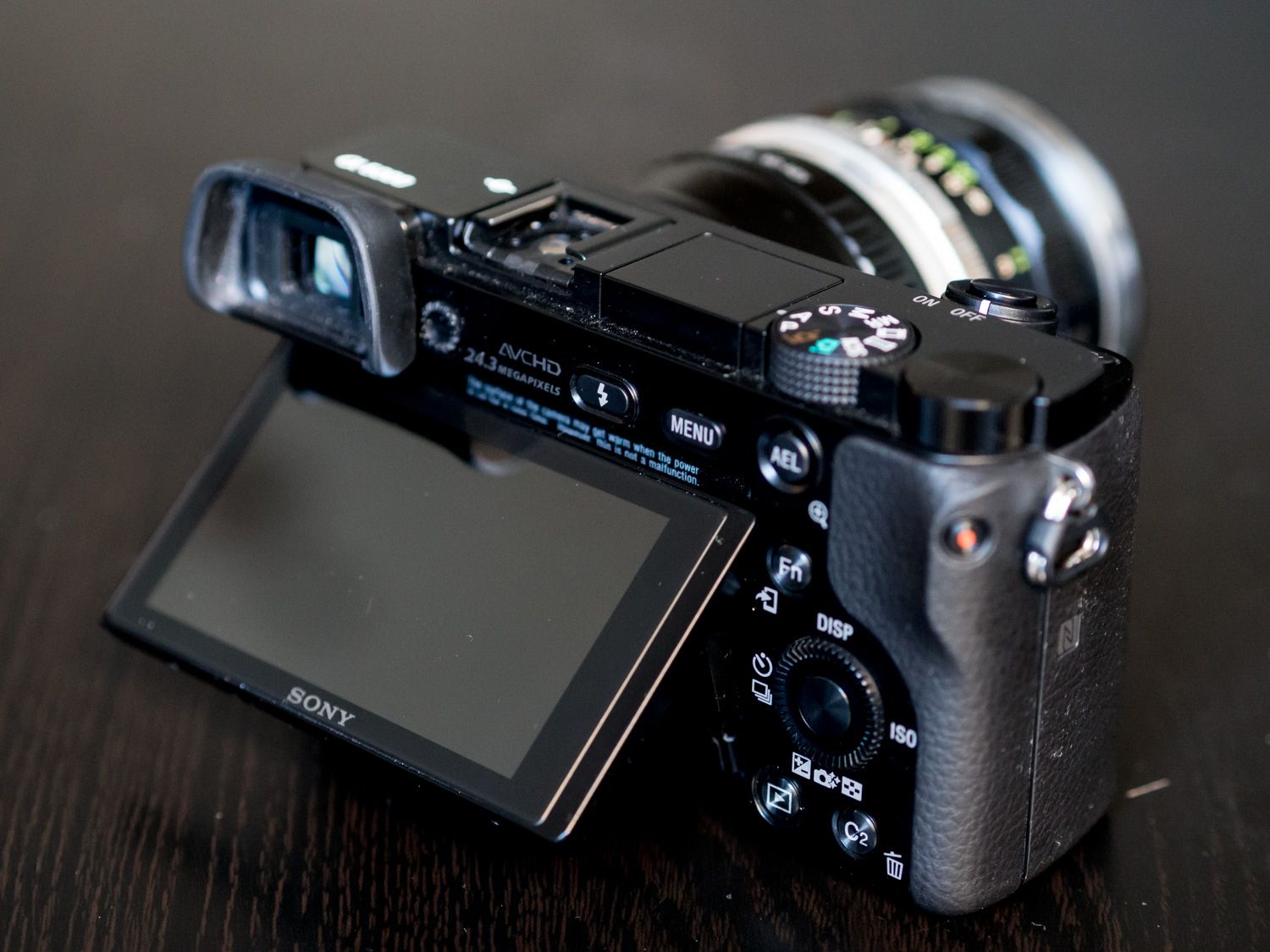
Admittedly, some of this ergonomic dissonance stems from my almost exclusive usage of Fuji cameras lately. On those bodies, the main controls are all immediate—perfectly placed dial for shutter speed, aperture control on the lens, and exposure compensation just a thumb slide away.
To be fair, Fuji’s approach is the odd one out, not Sony’s, but it’s obvious which appeals to me more.
That being said, I can’t help but compare the α6000’s ergonomics to the Olympus OM-D E-M10, an extremely capable mirrorless option that I have in my review queue. The E-M10 ’s main controls are accessible via its pair of dials—one front and one back, often called a “twin dial” system—so adjusting settings is effortless, even with your eye pressed up to the EVF.
This is, of course, a matter of perspective. Those coming from a smartphone or compact camera will find the α6000 to be a massive upgrade in comfort, control, and interface customization.
For those of us coming from DSLRs, or considering the α6000 against its mirrorless competition, the ergonomics will come down to individual preference.
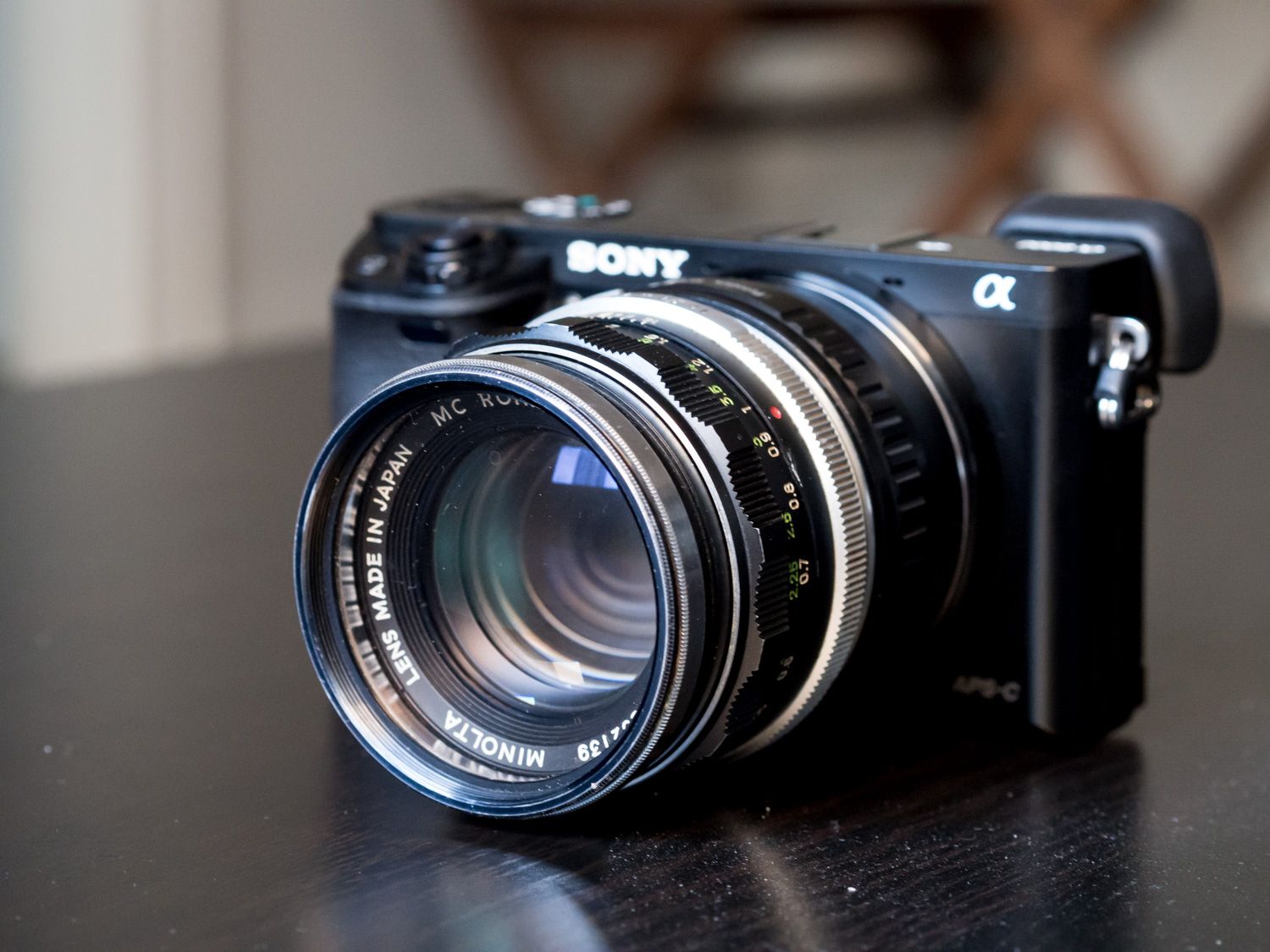
Technology
As you read other reviews of this camera that delve more deeply into the technical specifications, you’ll come across a few interesting points that are worth putting into a real-world shooting context. This is especially true of a camera like the α6000, which prides itself on its technical specifications above all else.
For example, the sensor has had a resolution bump (from 16MP to 24MP versus the NEX-6) so you have more cropping leeway and print size options, but the real star of the show is the autofocus technology.
Focus
The α6000 has both phase and contrast detection systems for autofocus, and features nearly twice as many phase detection points as the NEX-6. This means more coverage, and therefore more image zones that can be quickly focused on.
And I do mean quickly.
The α6000 is one of the fastest (if not the fastest) focusing mirrorless camera on the market. It’s rated as being able to lock in 0.06 seconds. That’s 10 milliseconds faster than the Fuji X-T1. Not only that, but it has an upgraded burst mode that captures an explosive 11 shots per second.
As someone who enjoys photographing animals, this immediately grabs my attention. Plentiful pixels, speedy focus, ridiculous burst rate, and a compact size make the α6000 a supremely compelling wildlife camera.
Not to belabour the point, but the autofocus also does a great job at tracking subjects, and yes it does track focus during those 11fps turbo bursts. It isn’t 100% accurate, but there are more hits than misses, which is impressive considering the same can be said for the top-tier DSLRs that manage similar burst rates.
Even the image buffer is comfortably large, allowing almost 50 shots in Fine JPG and 20 or so in RAW or RAW+JPG, taking between 10 and 20 seconds to write them to a fast card.
EVF & LCD
If you’re like me, you’ll spend most of your time with your face stuck to the camera, peering through the EVF rather than using the LCD to compose a shot.
If so, you might have looked at the spec sheet and been taken aback by the seeming downgrade in the EVF. The resolution is 22% lower than the NEX-6. To me, this is only noticeable if you’re directly comparing the two, otherwise it doesn’t impact shooting.
One aspect of the change that isn’t discussed as often is the improved colour of the EVF display. It may be lower resolution, but it appears to be noticeably more trustworthy and accurate about how it displays the frame.
Losing resolution in favour of accuracy is a trade-off I’m happy to make, but there’s another downgrade in this category, and I’m not happy about that one: the level gauge has vanished.
On the NEX-6, as on most modern cameras, the EVF had the option of displaying a level gauge to help you properly align horizons and otherwise finesse your composition. The α6000 has mysteriously ditched this functionality, and it’s this more than the resolution drop that actually impacts shooting. I’m sad to see it go.
Thankfully, the camera retains all the crucial functionality we’ve come to expect. Focus peaking is available for manual focusing assistance—in three selectable colours at three different intensities—and you can configure the display of zebras to draw attention to blown exposure areas.
The LCD itself is tilt-able and vivid, with good outdoor visibility and a responsive (if slightly over-zealous) shut-off sensor for detecting when you have your eye to the EVF.
Wi-Fi
It used to be that I didn’t care about Wi-Fi and other “gimmicky” functionality on cameras. My opinion about the importance of these features has changed, but ironically the α6000 reminds me of why I worried about them to begin with.
First, the good: the α6000 has standard Wi-Fi connectivity that functions the same way almost every other camera’s does. You download an app, the camera generates its own network, you connect to it on your phone, open the app, and pair the two devices.
Once connected, you can retrieve images from the camera, or control shooting remotely (even from a computer, which is cool for studio setups).
The connection was reliable in my testing, and I appreciated the ability to enable or disable image scaling when transferring to a mobile device. Most of the time I leave it on the 2MP setting for basic Instagram/social media duties, but I like that you can also choose to transfer the full-size 24MP JPGs over if you’re doing some serious editing on your iPad.
There’s also NFC connectivity, but since I use an iPhone I wasn’t able to test this.
The Pay-to-Play Problem
Unfortunately, there’s a bad side to all this: this camera has micro-transactions.
If you’re a gamer, you’re already cringing, and with good reason. This is an unpleasant monetization strategy that I consider to be wholly inappropriate for a camera.
You see, the α6000 has “apps” that you can purchase for it that unlock additional functionality, including time lapses, advanced bracketing, in-camera picture effects, lens compensation, etc. Ranging in price from $5 to $10, these apps provide functionality that should be part of the base firmware.
Buying a camera is not the same thing as buying a smartphone, and having to pay to access functionality seems sleazy.
Taking Photos
The α6000 is a marvel of engineering. The camera’s technical prowess is something Sony is clearly proud of, and with good reason, but at the end of the day we’re talking about a camera, which means it’s all about the shooting experience.
And the shooting experience is where the α6000 let me down.

The 16-50mm Power Zoom Kit Lens
This is one of the most sophisticated, high performance cameras in its class…and I just cannot seem to enjoy working with it. I began with the kit lens, which I mentioned before is not exactly the most charismatic piece of glass in the world.
For one thing, I’m not a fan of power zooming. It’s the best implementation I’ve tried, but something about the process of using it just feels disconnected and loose to me, neither of which are adjectives I want to be applying to a precision imaging device.
The lens’ focal range is its best feature, offering a broad spectrum of perspectives that suit most casual shooting scenarios. Unfortunately, the budget price is reflected in the images, which are somewhat mushy no matter how you shoot. Corners and edges are particularly vulnerable to this lack of sharpness, despite the sensor’s best efforts to correct things if you shoot JPG.
And I have to hand it to Sony, they’ve done a great job with the sensor and Bionz image processor behind it. Not only does it correct lens distortion very well, it also offers some powerful features including a dynamic range optimizer that works remarkably well, the famous sweeping panorama feature, and a context-aware noise reduction system that can save you in difficult lighting situations.
As a RAW shooter, many of these JPG-specific features are lost on me, but I appreciate their presence and they make it very easy to recommend the α6000 to someone who isn’t really interested in doing a lot of post-processing.
Vintage Glass
Once I’d spent enough time with the 16-50mm, I decided to try something unconventional and turn to vintage glass. My grandfather is a photography enthusiast, and alongside a boatload of wisdom and technique, he’s given me a wonderful collection of vintage camera equipment that includes a few classic Minolta lenses.
Knowing that these are easily adapted to the E-mount system that the α6000 uses, I put in an order for an adaptor while shooting with the kit lens.

I spent most of my time experimenting with the 55mm prime. Obviously, these old lenses are manual focus only, so I quickly got used to using the focus peaking. They’re also considerably heavier than the kit lens, which I’m willing to forgive since they provide a more satisfying tactile experience.

One unexpected but logical benefit is also a significant improvement in battery life. Since the power zoom of the kit lens needs battery power to work, its absence bought me plenty of additional shots per charge.
More importantly, I began to see the camera’s true potential. I shot portraits, still life, and some outdoor scenes and found myself really digging the output from these vintage lenses.

They’re old, and optically outdated, but I enjoyed using them. I just can’t say the same about the kit lens, even though its output is technically superior.
Getting the Shot
Since it’s clear that good lenses transform the α6000 into a superb system, I wanted to trace my lingering dissatisfaction with the camera to see if it had a rational cause.
My problem with it seems to be a disconnect between the functionality and design. The α6000 provides a deep level of control over its functionality, but it doesn’t seem designed to make that control accessible.
The impression I keep returning to is of the camera being hesitant to let me manage my shooting the way I want. Yes, I can assign dials and buttons, but their placement and the underlying functionality points to a camera that’s optimized for shooters who don’t want to worry about settings.
I’ve now recommended the camera to several enthusiasts, because I realize that it makes a nearly perfect system for those looking to ease into serious photography.

You can hand the α6000 to anyone and the camera will almost guarantee a good photo. It’s actually fun to try and get the camera to miss a shot in its automatic modes. It’s supremely confident in its ability to get you the shot.
But that’s my problem: it wants to get my shot for me. When I shoot it in manual mode, I get what I want, but it’s in spite of the camera’s design, not thanks to it. It doesn’t encourage me to work that way, and it’s distinctly less comfortable to shoot with than the Canon, Fuji, and Olympus cameras I’ve worked with.
This is, of course, a subtle and entirely personal impression that many people will not share, but I couldn’t shake it and it made it difficult for me to love the α6000.
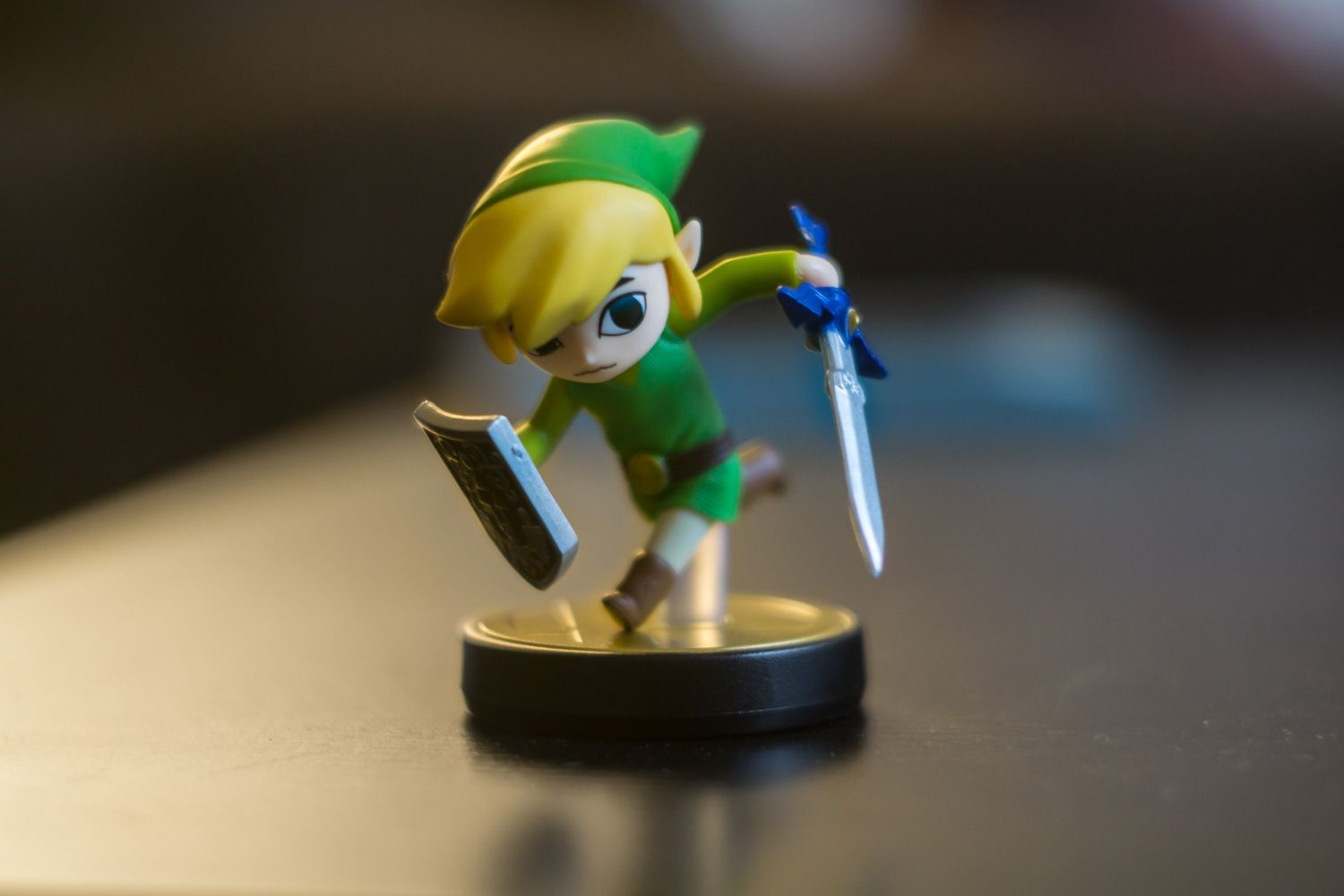
A Brief Encounter With Zeiss
Sony’s line-up of E-mount lenses includes some very impressive pieces from Carl Zeiss, including a 24mm prime and 24-70mm zoom that I had the opportunity to try out in a store.
From that limited perspective, I can only say this: going all-in with Sony’s Zeiss lenses results in a great shooting experience. The prime in particular was very charming, but both were responsive, razor sharp, and decidedly premium feeling.
Everything from tactile feel to image output makes for a kit that I’d have no concern about bringing to a professional shoot.
If only I could afford it.
The Sony Ecosystem
So far, the α6000 really seems to be an ideal camera for many people, despite my own subjective misgivings.
The biggest problem it faces is an objective one though: its ecosystem is sub-par. I mean that from a holistic perspective, as the individual lenses are typically of great quality, and not just the ones with a Zeiss stamp.
The issue is cost and variety. There simply aren’t as many native lenses available as for other systems, and the ones that you can get are often extremely costly. Whether or not they’re overpriced is difficult to say, but Sony is clever: they invite you into the system with a very aggressive price point for the α6000, then wait for you to outgrow the kit lens.
This will balance out in different ways for different people. If someone falls into the large category of people who will only ever use the kit lens, then the α6000 is probably the best value on the market. The price/performance ratio is simply unmatched.
But if that person ever wants to work with a collection of lenses, their money might be better spent on a system like Olympus, where the initial camera cost is higher but the lenses are plentiful and significantly cheaper.
There are no bad cameras these days, so it’s important to look at things from a broader perspective to figure out the smartest course of action for your needs.

Conclusion
Despite my best efforts, I don’t love the α6000. I tried, I really did.
I do, however, admire the hell out of it and recommend it wholeheartedly to those who get along with its ergonomics.
Sports or wildlife shooters who want a more compact system to augment their DSLR setup (or even replace it) will be thrilled with this camera’s performance.
It lacks the “cool” factor of some of its competitors, but street shooters will likewise appreciate the compact size and laser-beam focus tech of the α6000. It’s not particularly quiet compared to the Fuji X100 series, but you have interchangeable lenses and faster burst rates to compensate.
As for consumers, this may well be the best bang for their buck.
Sony has produced an impressively engineered device that ticks almost all the boxes on a spec sheet, and offers an engaging ramp from enthusiast to professional control. I happen to not like shooting with it very much, but that has more to do with my individual preferences than Sony’s camera.
It feels designed for the middle ground rather than the pro market, which it is. Sony has the A7 series for professionals.
The α6000 wouldn’t be my first choice for a shoot, but it’s a worthy, capable, and impressive camera that I would feel confident taking on assignment.